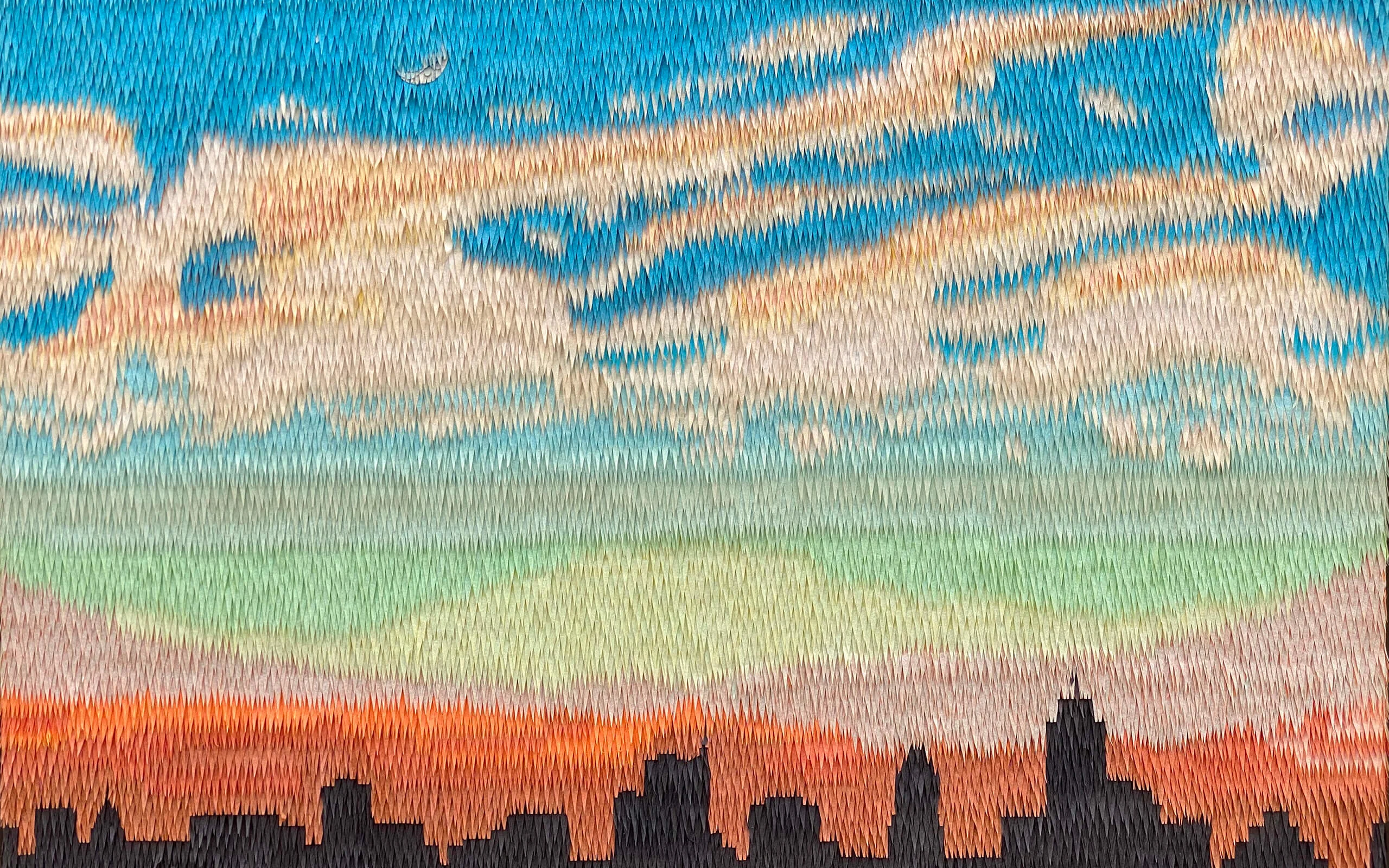
Fresh out of college and trying to find his way in the creative world, Roberto Benavidez ditched bronze sculpting in favor of something closer to home. He’s since spent a decade using piñatas to create paintings and sculptures.
Drive into the town of Beeville, Texas and on the approach you’ll see a dusty baby pink and blue sign featuring old-timey lettering and some sweet little cartoon bees. It’s incredibly cute. Beeville is pretty rural: populated with sprawling arable and pastoral farmland. It’s on one of its many remote ranches where Roberto Benavidez grew up with his mum, dad and five siblings.
We often assume kids who grow up on farms, who spend the warm days jumping off hay bales, the cold nights delivering livestock, and the rest of the time handling machinery about a decade before they legally should, to have an in-built predilection to farming. Not all of them do. “I hated all the physical, dirty labor,” says Roberto. “I loved taking care of and being around animals and exploring nature.”
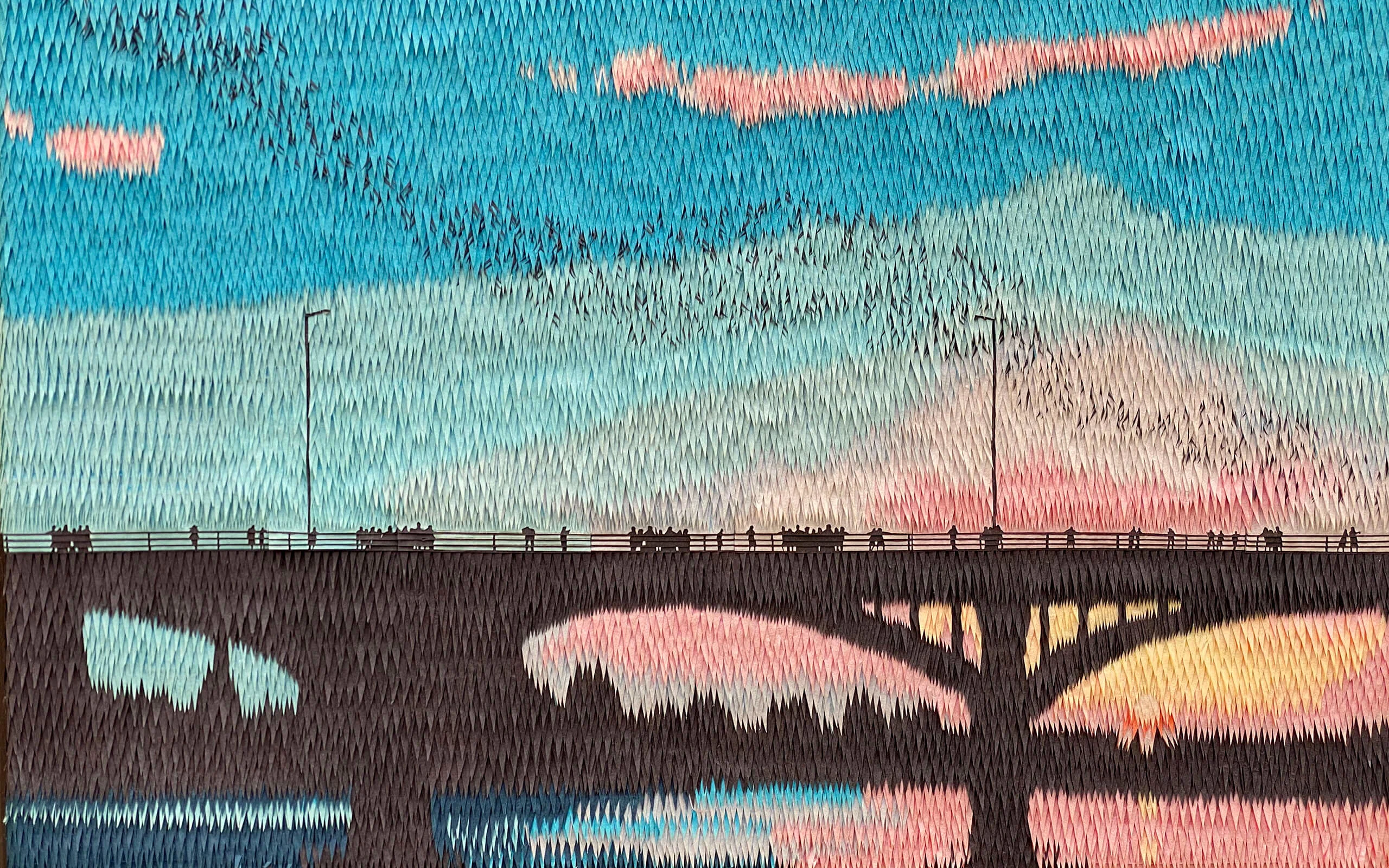
Flash forward to the present day and Roberto is an artist with an extensive, decade-long portfolio of work that mirrors his childhood fascination with the natural world. Alongside crafting fantastical Hieronymous Bosch-inspired creatures, he also creates landscape studies that hark back to his upbringing in Beeville, and nod to other places he’s lived since leaving the small town. The locations he chooses to depict are very American: skylines and places of natural beauty interjected with traffic lights, motel signs or highways. “I based some of my paintings on iconic landmarks from cities that I have lived; The Ann W. Richards Congress Avenue Bridge in Austin, the Sunset Junction sign on Sunset Boulevard in the Los Angeles neighborhood of Silverlake,” he explains. “For me the focus was more on playing with color with this series, rather than the subject matter.”
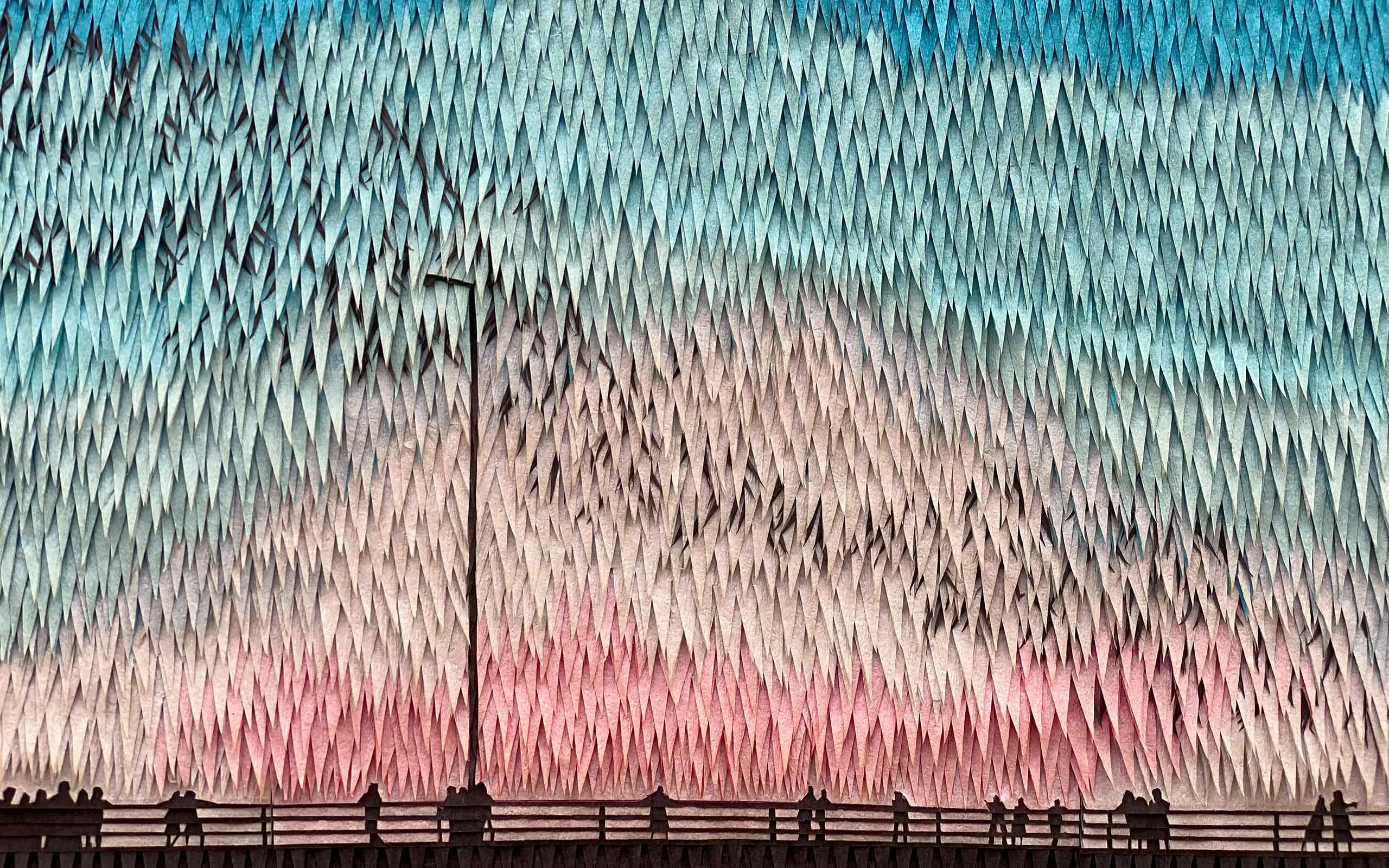
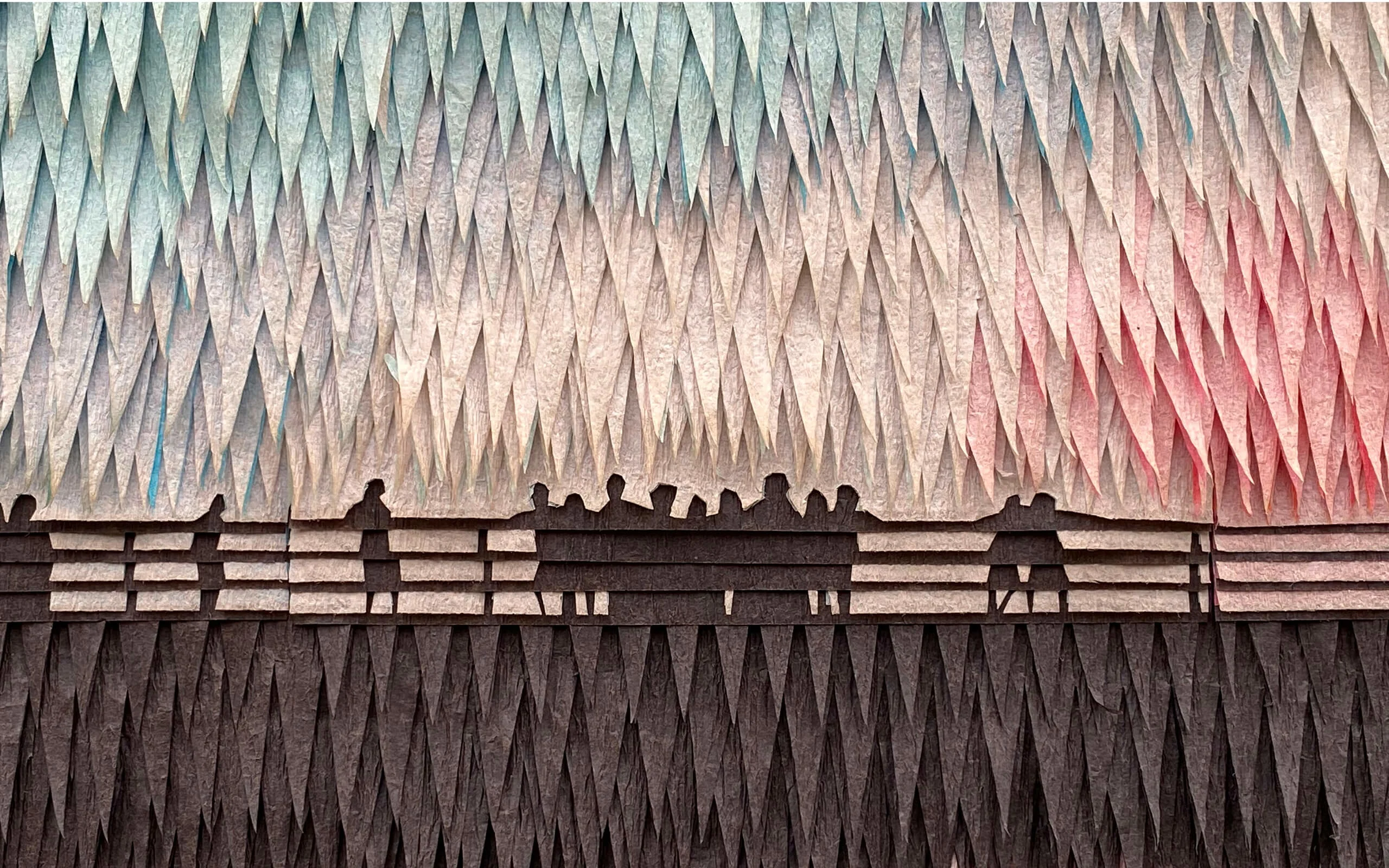
Roberto’s first memory of being aware of art was watching an uncle take a clod of mud and quickly sculpt a little cowboy hat out of it using his hands. Watching this simple transformation ignited something in him, which is good because art wasn’t an everyday part of life at Roberto’s home, or even at school. “My first distinct introduction to fine art was in the fourth grade when we memorized images of classical paintings and were quizzed to recall as many details as possible,” Roberto explains. “At this time in my life I assumed that artists were dead people. After all, the artists of the paintings we were memorizing were all long past. At that time I had no idea one could pursue art as a career in the contemporary world.”
Later, still in his school career, Roberto was a proactive student; taking part in acting, sports and student government, all while being “gay and closeted, leading the life of an all-around good country boy.” The stars aligned when he was automatically put into an art class, simply because he couldn’t afford an instrument that would allow him to take the alternative class (band). “There wasn’t much instruction to speak of,” Roberto explains. “ class consisted of a bin filled with old markers, colored pencils and oil pastels next to a stack of standard printer paper.”

Roberto got stuck into performing arts and didn’t return to hands-on artistic practice until later. Like a lot of people, he wasn’t sure what to do after college so followed his friends to where they were going: California. “I cashed out my small retirement fund and decided I'd make art until that ran out, which was about three months later,” Roberto explains. “In that small chunk of time I explored photography and talked to friends who were working in various creative fields. They all had one thing in common: they loved what they did, but they never had the energy to work on their own projects. I didn't want that to happen to me, so I pursued a corporate job that I didn't really care about to keep my evenings and weekends free for my artistic pursuits.”
Roberto spent his leisure time taking bronze sculpture classes. A difficult, messy, expensive craft that requires a lot of space, equipment and raw material. It was only when perusing someone’s Pinterest feed that he came across something that would go on to inform the work that made him the artist he is today: piñatas.

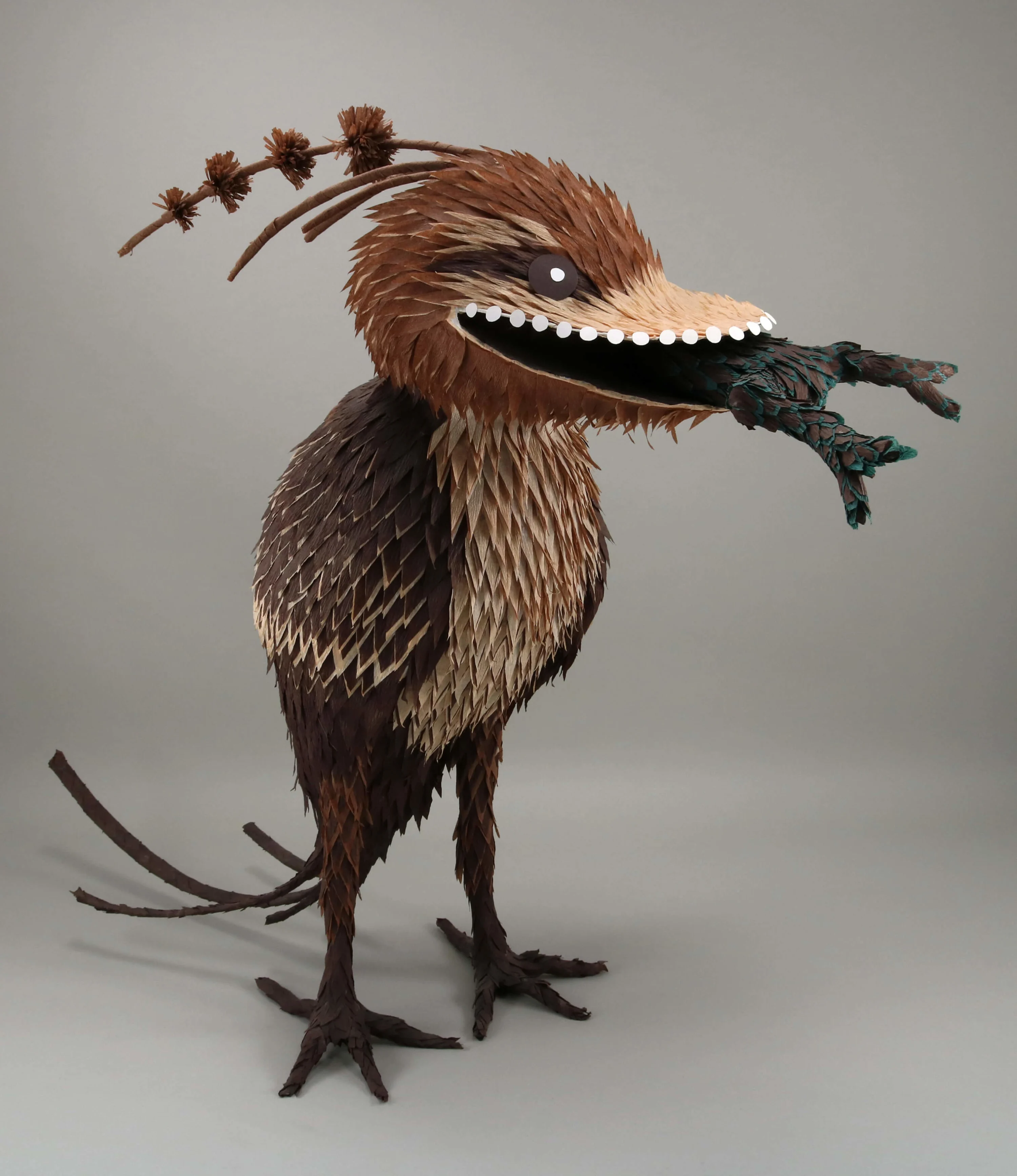
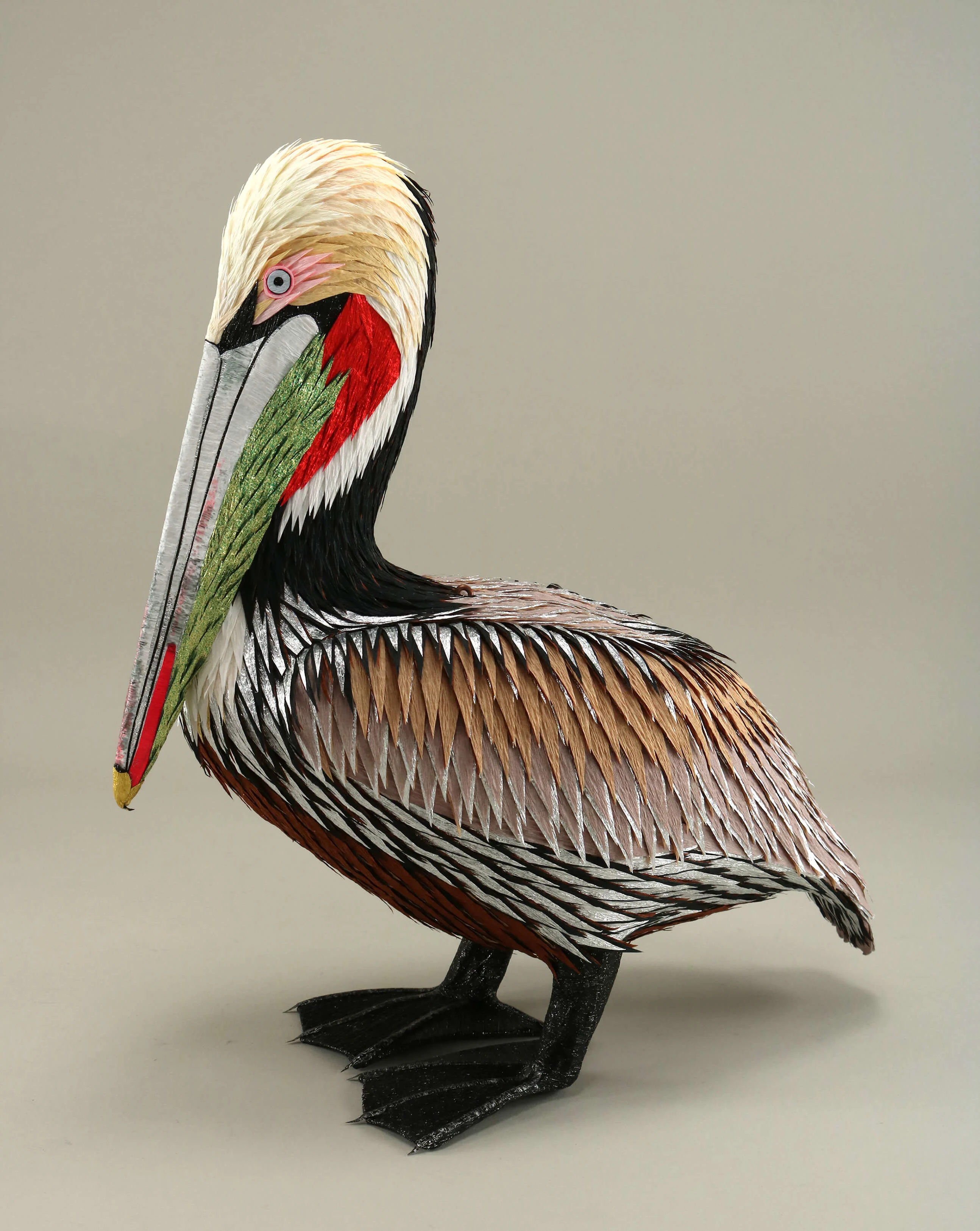
“Looking for a more accessible medium than bronze casting, I was attracted to the piñata technique’s use of inexpensive materials (balloons, paper and glue) and was equally inspired by the piñata’s rich history,” Roberto explains. “Thinking about my own mixed-race background and the multicultural path of the piñata – traveling from China, to Italy and ultimately to the New World where it was melded with a similar Mesoamerican cultural tradition resulting is the piñata we know today – I began to play visually with the concept of mixing, at times hybridizing, two motifs: western art and the Mexican piñata craft form.”
In a strange twist of fate, one inspiring swipe on Pinterest led to a decade of piñata-making. Materials aside, it’s not dissimilar to bronze sculpting in terms of its intricacy, but at least can be created using basic household items and a few bits from Hobbycraft. “When I first started this series my ‘canvas’ was usually an old cereal or cracker box. I would papier-mâché these boxes and apply my hand-cut crepe paper fringe directly to the surface,” Roberto explains. “Today I make my ‘canvases’ from foam board and I work from photographs, or multiple photographs, to compose the image. Once I figure out the colors I will be using, I spend hours hand-cutting my signature serrated fringe, then spend more hours cutting and gluing this fringe to the canvas.”

He first began experimenting with painting piñatas by recreating Rothkos as a way of seeing whether or not the same effect could be achieved by using trimmed paper rather than layer upon layer of oil paint. “My approach to the painting piñata series is to challenge myself to use paper in a painterly way. In moving from a 3D sculpture to a 2D plain, it forced me to think about shadow, depth, and other principles of painting,” he says. “Working on this series has pushed me to develop techniques for layering multiple shades of hand-cut crêpe paper in order to mix color and suggest subtle changes in hue and depth.”
It would be easy to overlook some of Roberto’s work. The subject matter and the materials combined suggest crafts rather than arts. But his works go much deeper than that. There’s something about the piñata paintings that harks back to Beeville. The rolling expanse of countryside and quintessentially American visual cues. The way you could imagine the crêpe paper would flutter and rustle as air moves through it, just like the breeze moving through the soft grass on acres of pastoral farmland.